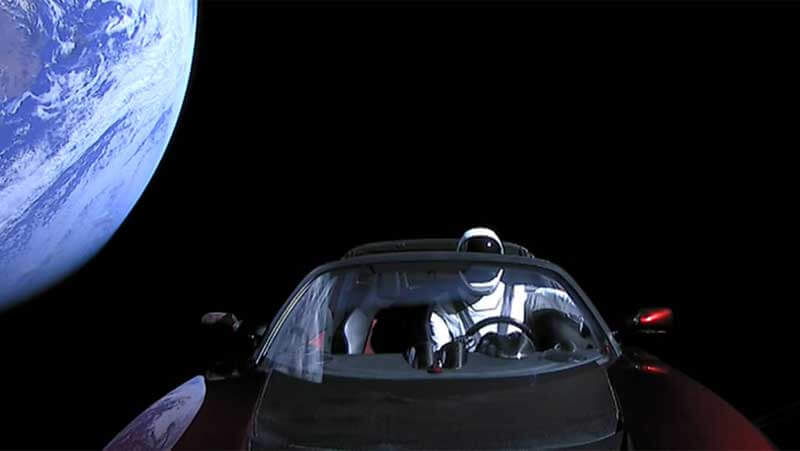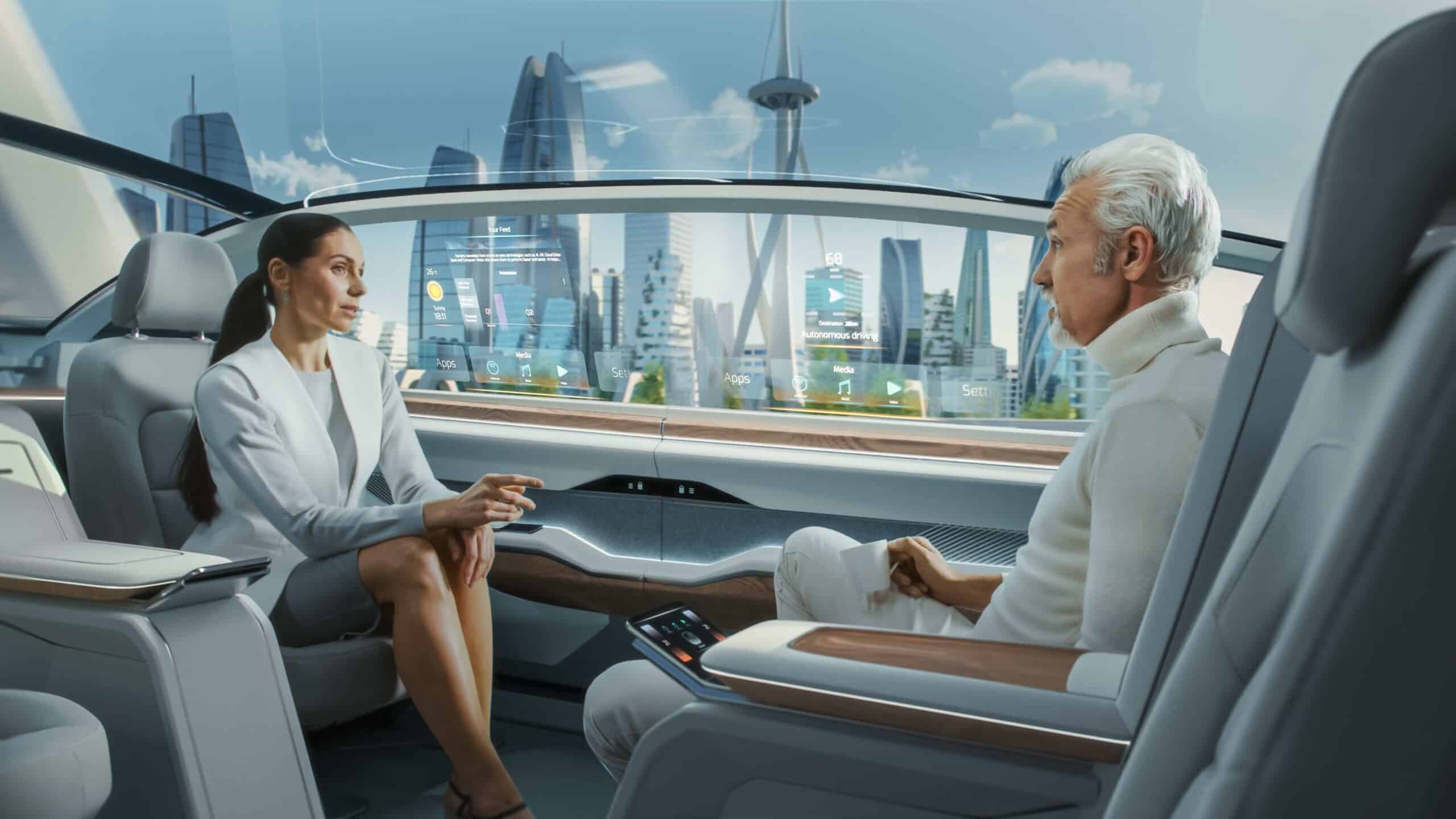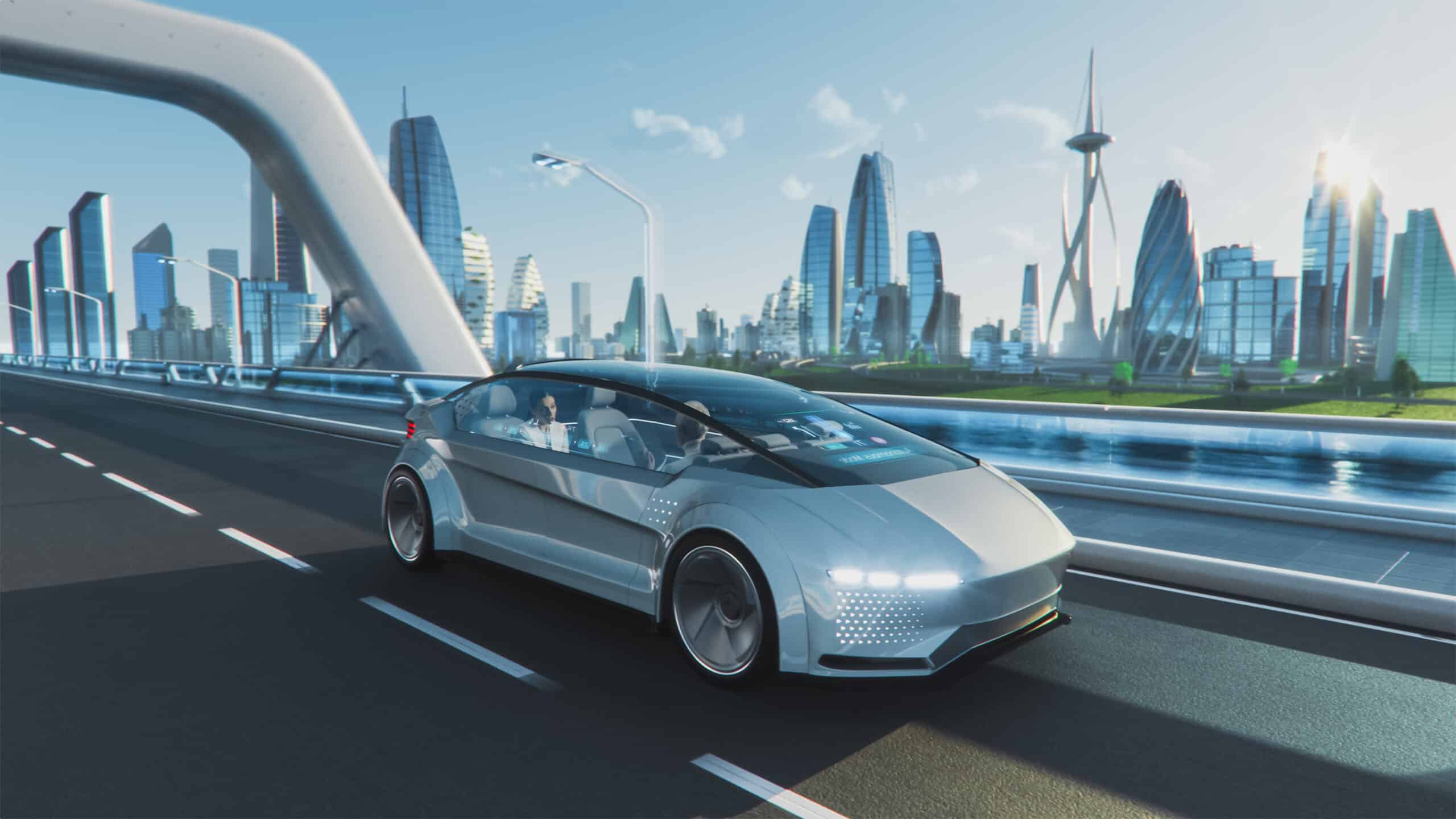- Musk is first and foremost a dreamer, a visionary, and an explorer
- Colonising Mars is his only motivation to get rich on Earth
- Introducing Musk’s absurdly powerful Big F—ing Rocket
- The vision, the money, and the tech to make the dream real
SpaceX launched its Falcon Heavy earlier this month. It had Musk’s own Tesla Roadster on board with a dummy driver in a space suit and David Bowie’s Space Oddity coming from the speakers. The Falcon Heavy is the most powerful reusable rocket in the world. And for the US and Russia, former titans of space exploration, lift-off meant a lot more than a successful partner or potential competitor. What made the launch so special, is that at least two of its three booster rockets managed to return to Earth and land unscathed.
With that rush of rocket fuel, Elon Musk had accomplished something a lot more significant than just realising a successful new platform for putting cargo in low-Earth orbit. In fact, as Musk’s Falcon Heavy raced upward, it wasn’t carrying supplies or satellites, but rather his dreams of space exploration. Make no mistake: Musk is a dreamer, a visionary, and an explorer. His business ventures are his method, not his goal. And where once the world’s dominant powers vied for mastery of space, the Falcon Heavy illustrated that the stars are in reach of one man’s unyielding ambition.
Musk is first and foremost a dreamer, a visionary, and an explorer
The once-proud Russian space program, while technically capable, lacks the funding and will to dream big. In this, it shares a fate with NASA, who though collaborating with SpaceX, is now eclipsed in the public imagination. But NASA, at least, is still looking to Mars, still hoping for giant leaps, even if it takes them in small steps.
But as Vitaly Egorov, a spokesman for Dauria Aerospace, a partner of the once mighty Roscosmos, quipped, “In fact, Musk hasn’t done anything fantastical. Korolev has done this kind of thing, and so did [rocket engine designer Valentin] Glushko. Soviets did it, and Russians can do it too. But now we’re onlookers and we see it as the stuff of fantasy. Many people have asked me: ‘Could we replicate the success of SpaceX?’ Technically, we can. In the final accounting, landing a stage or making a superheavy [sic] rocket is a mathematical task, and we aren’t out of mathematicians. What we are out of is dreamers. To know how to fly and where to fly, we need to know why we’re flying.”

Colonising Mars is his only motivation to get rich on Earth
More forcefully than any other commentary on the launch, Egorov highlights the animating vision that drives Musk. He’s a source of powerful, unstoppable dreams. Major national players may have the money and the tech, but they lack the driving will that’s pushing him into space. As Russian journalist and columnist Leonid Bershidsky notes, “Musk, with his crude salesmanship and nerdish cultural references, has a dream, described in a white paper he published last year: To colonize Mars. Musk admitted in the white paper that was his only motivation for getting rich.” His companies, then, are the vehicles for his ambitions, not the ambitions themselves.
This may strike you as ridiculous, but as Neil deGrasse Tyson, the famous astrophysicist insists, it’s impossible to see private companies doing the hard work of space exploration unless there’s money to be made. That’s why large, government-funded entities like NASA and Roscosmos have been doing all the heavy-lifting – that was, until Musk found a way to make it profitable. The Falcon 9, for instance, has been putting cargo in space pretty much every two weeks, earning billions for its ability to design, deliver, and launch a cost-effective rocket into orbit. These commercial applications are attracting the money Musk needs, but as Bershidsky says, Musk isn’t all about the Benjamins. Musk is all about Mars, all about colonising the Red Planet in his lifetime. And to do that, he needed to make space pay.
It’s as simple as that.
Introducing Musk’s absurdly powerful Big F—ing Rocket
He needs something else, too: a ship that can get people there. Musk’s new design is code-named the BFR, or Big F—ing Rocket. Announced in September of last year, it was easy enough to dismiss until he demonstrated that his company could design, build, and launch a heavy lift platform carrying as much as 63,800 kg into space. The technical know-how that enabled the multiple boosters and a jet-powered vertical landing for the first stage of the Falcon Heavy were, quite simply, amazing. No one, not Roscosmos or NASA, can match that feat of engineering. And that forced critics to take the BFR seriously. Overnight, it went from “that’s a cool idea” to “maybe Musk can do it”.
As Corey Powell writes for Mach, “the Falcon Heavy will be a cargo-hauling workhorse. [But] to deliver humans into space, [Musk] said, ‘we need to be way bigger than that.’” And as its name suggests, that’s what the Big F—ing Rocket is: a whole lot bigger than that. Current designs call for three versions: one for cargo, one for fuel, and one for crew. Powered by Raptor engines with two to three times the thrust of the rockets that carry the Falcon Heavy into space, Musk is envisioning a true behemoth. His designs involve no less than 31 of these power-houses in the first stage, followed by 6 more as the rocket nears orbit.
The vision, the money, and the tech to make the dream real
The BFR is Musk’s dream vehicle, replacing even his impressive Falcon Heavy, but using its daring tech to bring his vision to life. As reported by Futurism, Musk told the audience of the International Astronautical Congress (IAC) that “We want to make our current systems redundant … One system, one booster and ship, that replaces the Falcon 9, Heavy, and Dragon.” This consolidation allows his resources – money, tech, design teams, etc. – to be concentrated on one vehicle, speeding its development. As the SpaceX website explains, “By creating a single system that can service a variety of markets, SpaceX can redirect resources from Falcon 9, Falcon Heavy and Dragon to the BFR system — which is fundamental in making BFR affordable.” His long-term goal is to fund this project with its heavy-lift capacity and perhaps even Earth-to-Earth hypersonic flights (though experts doubt that’s financially viable given the costs of launch).
As the program matures, Musk envisions sending fuel-filled BFRs into orbit. As later BFRs destined for the moon or Mars arrive in space, they’ll dock and refuel, making round trips to these off-world destinations using much the same tech that allows the Falcon 9 and Falcon Heavy to make vertical landings on Earth. Just recall the early days of science fiction with upright rockets landing on their tail fins – that’s pretty much what SpaceX has already accomplished! Musk’s plan is to bring that same tech to Mars, making return trips possible.
Before the February launch, however, this dream was easy to dismiss as hype or wishful thinking. But the Falcon Heavy proves that Musk has the vision, the money, and the tech to get it done. And if the BFR develops as he proposes, its commercial viability is a sure thing. Will that mean Musk’s rockets will carry the first people to Mars? We say: Watch this space!







